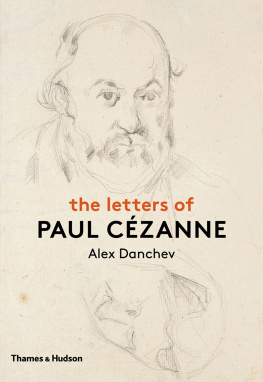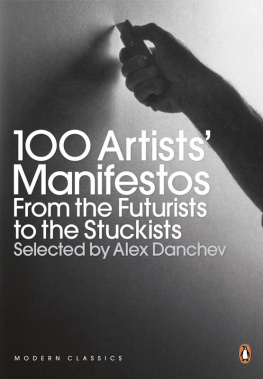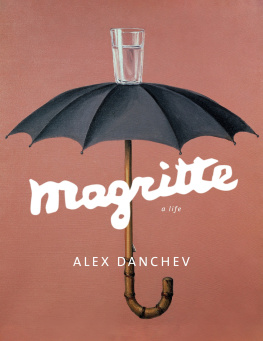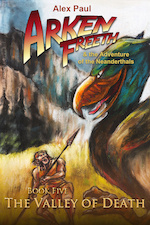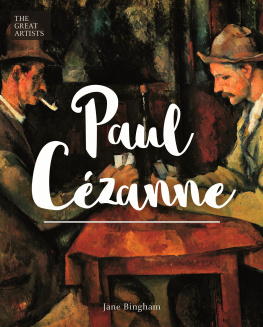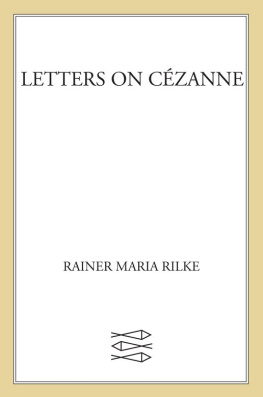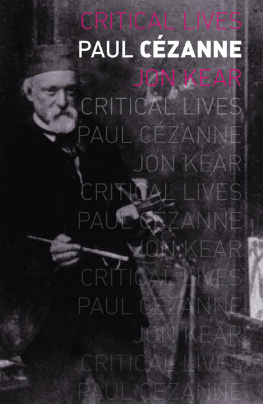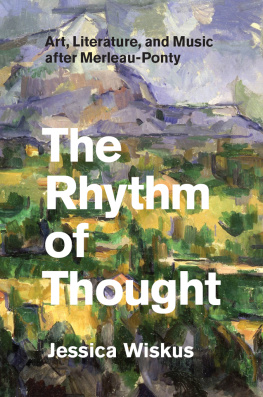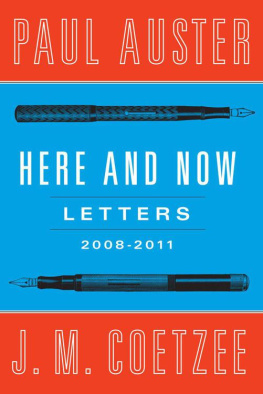Alex Danchev - The Letters of Paul Cézanne
Here you can read online Alex Danchev - The Letters of Paul Cézanne full text of the book (entire story) in english for free. Download pdf and epub, get meaning, cover and reviews about this ebook. publisher: Thames and Hudson Ltd, genre: Detective and thriller. Description of the work, (preface) as well as reviews are available. Best literature library LitArk.com created for fans of good reading and offers a wide selection of genres:
Romance novel
Science fiction
Adventure
Detective
Science
History
Home and family
Prose
Art
Politics
Computer
Non-fiction
Religion
Business
Children
Humor
Choose a favorite category and find really read worthwhile books. Enjoy immersion in the world of imagination, feel the emotions of the characters or learn something new for yourself, make an fascinating discovery.
- Book:The Letters of Paul Cézanne
- Author:
- Publisher:Thames and Hudson Ltd
- Genre:
- Rating:5 / 5
- Favourites:Add to favourites
- Your mark:
- 100
- 1
- 2
- 3
- 4
- 5
The Letters of Paul Cézanne: summary, description and annotation
We offer to read an annotation, description, summary or preface (depends on what the author of the book "The Letters of Paul Cézanne" wrote himself). If you haven't found the necessary information about the book — write in the comments, we will try to find it.
The Letters of Paul Cézanne — read online for free the complete book (whole text) full work
Below is the text of the book, divided by pages. System saving the place of the last page read, allows you to conveniently read the book "The Letters of Paul Cézanne" online for free, without having to search again every time where you left off. Put a bookmark, and you can go to the page where you finished reading at any time.
Font size:
Interval:
Bookmark:
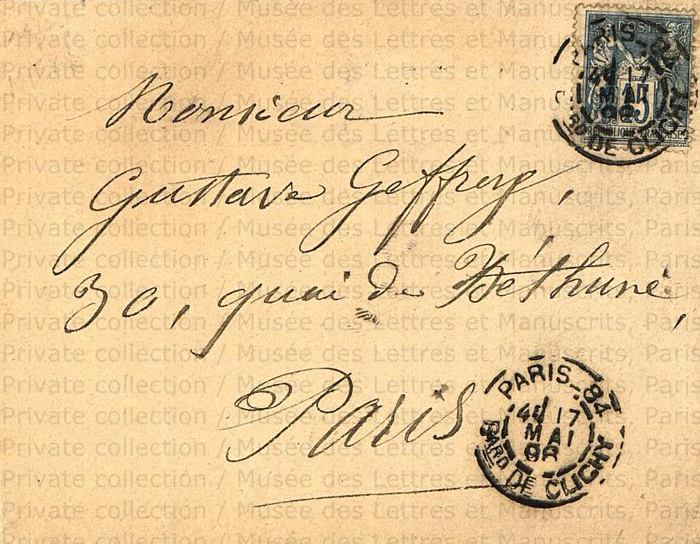
the letters of
PAUL CZANNE

FOR D.
CONTENTS
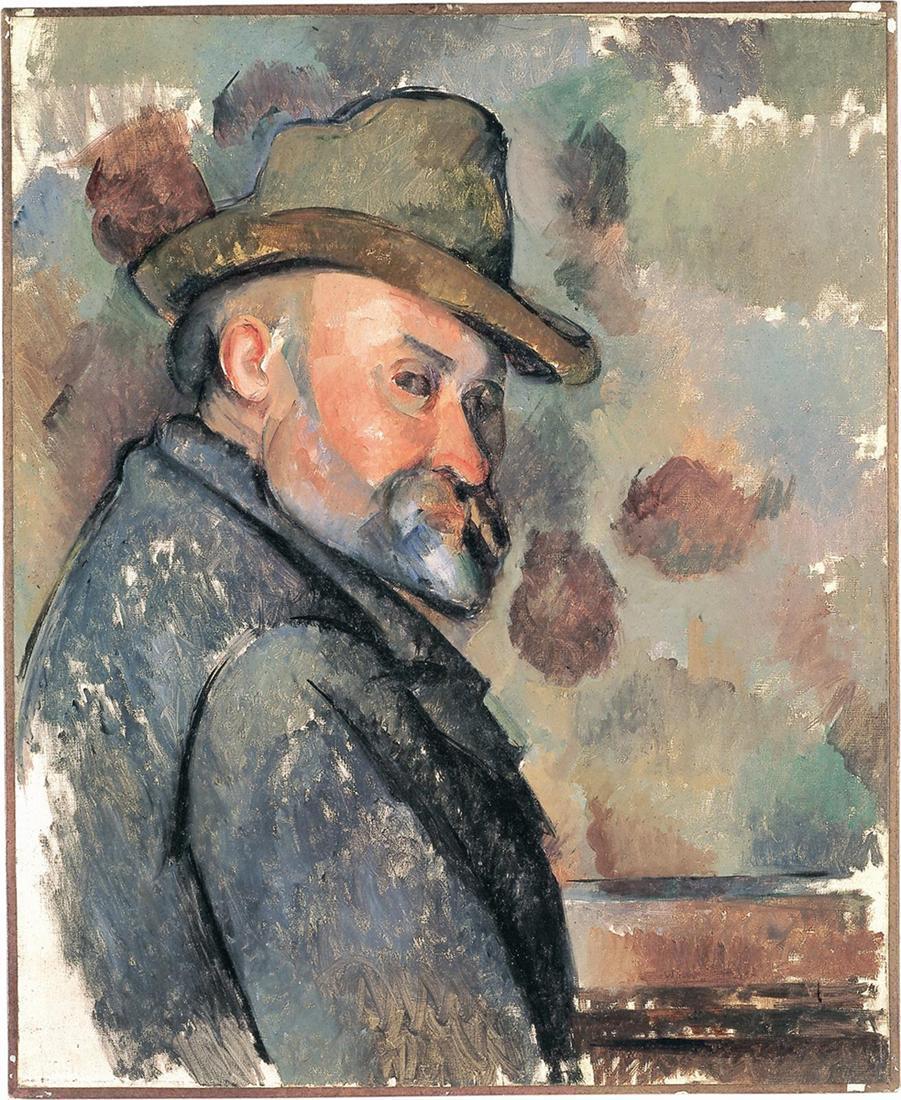
Self-Portrait with Soft Hat, c. 189094. Oil on canvas, 61.2 50.1 cm (24 19 in.). (Bridgestone Museum of Art, Ishibashi Foundation, Tokyo)
The letters of Paul Czanne share a certain fugitive quality with their author. Occasionally, when special care had to be taken, he would draft them, in a sketchbook. He did this for business letters of various kinds, including begging letters to his father, in which he negotiated the terms of the allowance that kept him afloat until well into middle age. As a professional artist Czanne was remarkably unsuccessful, as his father did not fail to remind him. With the partial exception of his mother, who liked the wrong things her favourite picture was her sons faithful copy of Flix-Nicolas Frillis melodrama, The Kiss of the Muse none of his immediate family had any regard for him as an artist. All disembarrassed themselves of his paintings as soon as they decently could in some cases sooner.
Behind his back, in 1899, his younger sisters husband sold two works by Czanne to his dealer, Ambroise Vollard, for the derisory sum of 600 francs. His elder sister retained only one. She could hardly bear to have his paintings in the house. Immediately after Czannes death, in 1907, his son, who was effectively his agent and who should have known better, sold 29 for 213,000 francs, together with 187 watercolours for 62,000 francs. Regular sales and regular payments continued thereafter, subsidizing a life of indulgence and improvidence, crowned by some disastrous speculation on the stock exchange. In 1912, for example, he received 40,000 francs for The Feast, otherwise known as The Orgy; and in 1913, 100,000 francs for The Card Players (sold by Vollard to Albert C. Barnes for ten times that figure in 1925). Nor did he hesitate to break up his fathers sketchbooks in order to sell the individual sheets, including the draft letters. He sold to the collector Paul Guillaume a sheet containing the draft of a fascinating letter to Marius Roux, author of The Substance and the Shadow (1878), a novel whose central character was plainly modelled on Czanne as Czanne himself had just read:
Mon cher compatriote
Although our friendly relations havent been kept up very well, in the sense that I havent often knocked at your hospitable door, nevertheless I do not hesitate to write to you today. I hope that you will be able to separate my small personality as Impressionist painter from the man, and that you will want only to remember the comrade. So it is not at all as the author of LOmbre et la proie [sic] that I am calling on you, but as the Aquasixtain [man from Aix], under whose sun I too first saw the light of day, and I take the liberty of introducing you to my eminent friend and musician Cabaner. I beg you to look favourably on his request, and at the same time I commend myself to you in case the day of the Salon ever dawns for me.
In the hope that my request will be favourably received, please accept this expression of my thanks and my confraternal regards.
P. Czanne
Pictor semper virens
Here was a carefully crafted missive: at the same time an appeal for help on behalf of a friend, the eccentric Ernest Cabaner (Rimbauds piano teacher); an indication that he had read and understood Rouxs novel; and a subtle but unmistakable riposte. Czannes valedictions, often playful, are apt to be revealing. On another occasion, he signed off a letter to the writer and critic Gustave Geffroy with the Delphic formula, Paul Czanne, painter by inclination a perfect example of the difficulty experienced by so many of his contemporaries in knowing how to take him. These routines had a serious undertow. Czanne did feel that he was faible dans la vie, as he liked to say; he did believe in the fundamental importance of his sensations, or sensory experiences, especially when painting outdoors, sur le motif, in nature; and he did think that he had been plagiarized or misprized by Gauguin.
Czannes letters are a sort of serial adumbration of his world view, and they raise other difficulties of interpretation. The older Czanne has been caricatured (or mythologized) as an unreconstructed Catholic reactionary, his nose buried in La Croix, his faith a rock, his church a haven, his politics an instinctual mix of blood and soil and chauvinism. That is roughly the line peddled by Vollard, who wrote the first book about him, in 1914 a series of reminiscences masquerading as a kind of celebrity memoir. It constructs a helpless, almost childlike Czanne, a political simpleton, a preconscious pilgrim, clinging to le bon droit in all its forms the church, the state, the army even the Boers. It seems oblivious to any contradictions, such as the lifelong insistence on le sale bourgeois, to say nothing of le sale Abb Roux (hes a leech); the subversive strain, in art and life, running to a regal portrait of his dwarfish friend Achille Emperaire, and a denunciation of the real Emperor, Napoleon III (the tyrant); or his unshakeable loyalty to the humble and colossal Pissarro, an anarchist and a Jew, at a time when nationalism and anti-Semitism poisoned the land.
Czanne is miscast as a simpleton. Stupidity was not his forte. On the contrary, he was a thinker-painter of formidable penetration. But he could play the country bumpkin with the best of them. (I wont offer you my hand, Monsieur Being Czanne entailed an element of performance. In person, this was a convenient disguise. On paper, the mask drops. The intelligence shines through. The letters give the lie to the caricatures.
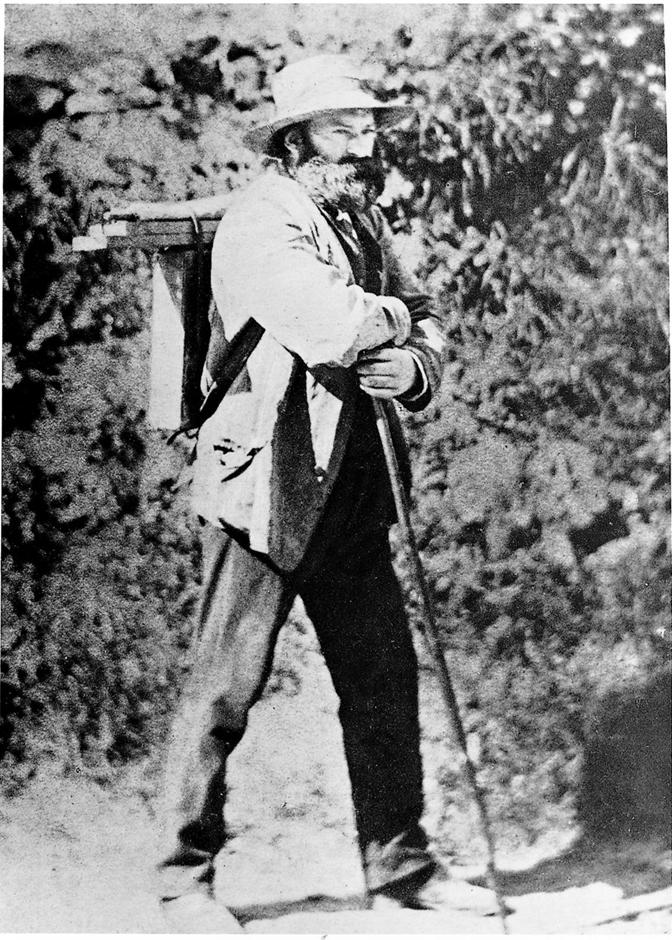
Czanne setting out to a paint in the landscape near Auvers, c. 1874. (Photographer unknown)
Painter by inclination ended a perky little note revealing an inclination to paint Geffroys portrait. It was also an ironic acknowledgment of the standard criticism of his painting, with which Czanne was only too familiar. Baffling imbalances, wrote J.-K. Huysmans in the renowned collection Certains (1889): houses tilted to one side as if drunk, skewed fruit in besotted pottery, nude bathers defined by lines that are demented but throbbing. The painters admirers took due note. Whenever they got together, Maurice Denis and Paul Srusier used to raise a glass to the drunken cesspit-emptier.
Pictor semper virens, as Czanne styled himself to Roux, was a clever rejoinder. The message is clear: this pictor (painter) is semper virens (evergreen) that is to say, still vigorous or still game, as he explained in another letter to his friend Numa Coste which is precisely what his fictional alter ego was not.
Love letters, too, had need of special care. It is possible that Czanne drafted only one, at the age of forty-six. It appears on the back of a landscape, acquired by the Albertina in Vienna in 1924; frustratingly, there is no provenance. It begins with a jolt of recognition I saw you for Czanne, the fundamental requirement. It ends abruptly at the foot of the page.
I saw you, and you let me kiss you, from that moment I have had no peace from profound turmoil. You will forgive the liberty that a soul tormented by anxiety takes in writing to you. I do not know how to describe to you that liberty that you may find so great, but how could I remain oppressed by this dejection? Is it not better to give expression to an emotion than to conceal it?
Next pageFont size:
Interval:
Bookmark:
Similar books «The Letters of Paul Cézanne»
Look at similar books to The Letters of Paul Cézanne. We have selected literature similar in name and meaning in the hope of providing readers with more options to find new, interesting, not yet read works.
Discussion, reviews of the book The Letters of Paul Cézanne and just readers' own opinions. Leave your comments, write what you think about the work, its meaning or the main characters. Specify what exactly you liked and what you didn't like, and why you think so.

